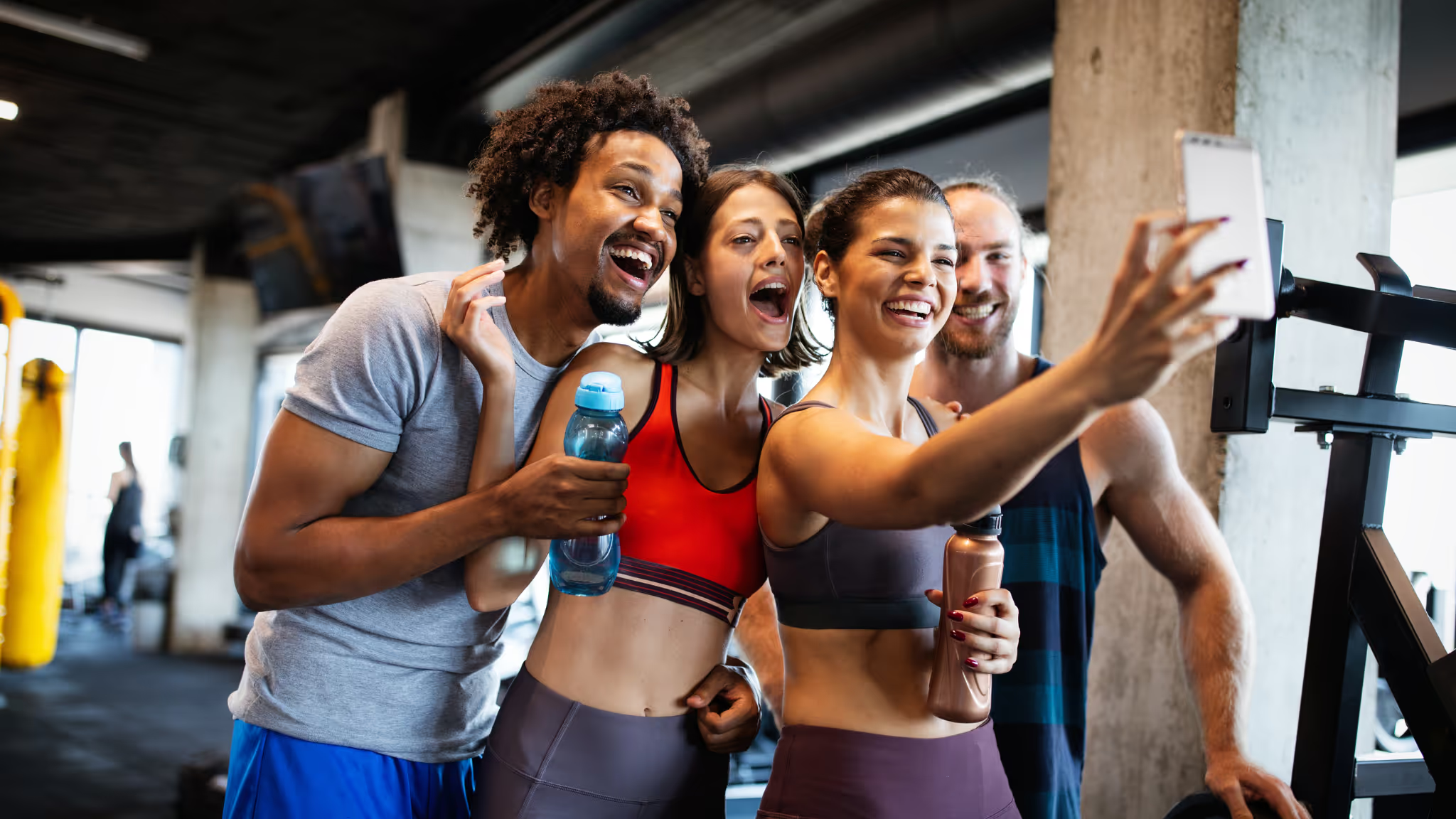The fitness industry is incredibly competitive. In 2025, standing out from the crowd requires a multi-faceted approach, and local search engine optimisation (SEO) is a cornerstone of any successful fitness business. This guide will equip you with the knowledge and tools to improve your online visibility, attract new members, and ultimately dominate your local market.
Why is Local SEO Crucial for Gyms and Studios?
- Increased Visibility: When potential clients search for "gyms near me", "yoga studios", or "personal trainers," you want your business to appear prominently in Google Maps, Google Search, and other relevant platforms.
- Enhanced Credibility: Positive online reviews and a well-maintained Google Business Profile build trust and credibility with potential clients.
- Targeted Traffic: Local SEO attracts highly targeted traffic - individuals actively seeking fitness services in your specific area.
- Competitive Advantage: By effectively implementing local SEO strategies, you gain a significant edge over competitors who neglect this crucial aspect of their online presence.

Key Pillars of Local SEO for Fitness Businesses
1. Optimise Your Google Business Profile
?Your Google Business Profile (GBP) is the foundation of local SEO. It's often the first impression potential clients have of your business. To ensure you're making the most of it:
- Claim and verify your profile if you haven't already done so.
- Ensure all information is accurate and up-to-date: business name, address, phone number (NAP), website URL, opening hours, and category.
- Add high-quality images showcasing your gym or studio. Include photos of your facilities, trainers, and classes in action.
- Use keywords in your business description. For instance, instead of 'We offer yoga classes', say 'Our London studio offers yoga classes for beginners, advanced practitioners, and everyone in between.'
- Regularly post updates to engage users. Promote events, new classes, or member success stories.
- Actively solicit reviews from your existing members and clients. Respond to all reviews, both positive and negative, professionally and promptly.
2. Encourage and Manage Reviews
Online reviews are a critical ranking factor for local SEO. They also build trust with potential clients.
- Encourage reviews: Actively solicit reviews from your existing members and clients. Make it easy by sending them a direct link.
- Respond to all reviews: Thank those who leave positive feedback and address any negative reviews professionally. A thoughtful response can demonstrate your commitment to customer service.
- Diversify review platforms: While Google is key, don't overlook Facebook, Yelp, or Trustpilot, depending on your local market.
3. Prioritise Local Keywords
?To rank higher in local searches, focus on keywords specific to your area and services. For example:
- Instead of targeting broad terms like 'personal trainer', use 'personal trainer in Manchester' or 'Dublin CrossFit classes.'
- Use tools like Google Keyword Planner to find high-volume, location-specific keywords.
Incorporate these keywords naturally into your website's:
- Page titles
- Meta descriptions
- Headers (H1, H2, etc.)
- Blog content (e.g., 'Top 5 Yoga Studios in Bristol')

4. Ensure Your Website is Mobile-Friendly
A mobile-friendly website is non-negotiable. With over 60% of local searches happening on mobile devices, your website must load quickly and display correctly on smaller screens. Optimise loading times by compressing images and minimising unnecessary plugins.
5. Leverage Local Directories and Listings
Submitting your gym or studio to local directories can improve your online visibility and backlinks, which help your SEO rankings.
- Focus on well-known directories like Yelp, Bing Places, and TripAdvisor.
- Ensure your NAP details are consistent across all platforms to avoid confusion.
- Explore industry-specific directories like ClassPass (if relevant).
Tool Tip: Use a free service like Moz Local to find and correct inconsistent directory listings.
6. Create Location-Specific Content
Publishing location-specific content on your website is a powerful way to attract local traffic. Ideas include:
- Blog posts like 'The Best Gyms in Cardiff for Beginners' or '5 Tips for Choosing a Personal Trainer in Brighton.'
- Highlighting local events or partnerships with nearby businesses.
- Creating landing pages for each location if you have multiple branches, optimised with unique keywords and content.
7. Embrace Social Media for Local Engagement
Social media platforms like Instagram and Facebook are invaluable for connecting with your local audience.
- Tag your location in posts and stories.
- Share user-generated content from your members.
- Collaborate with local influencers or businesses to expand your reach.
Tool Tip: Use free tools like Canva to create visually appealing content tailored to your audience.
8. Monitor and Improve Performance
Tracking your progress ensures your SEO efforts are paying off.
- Google Analytics: Monitor website traffic, user behaviour, and local search performance.
- Google Search Console: Identify which keywords are driving clicks and impressions.
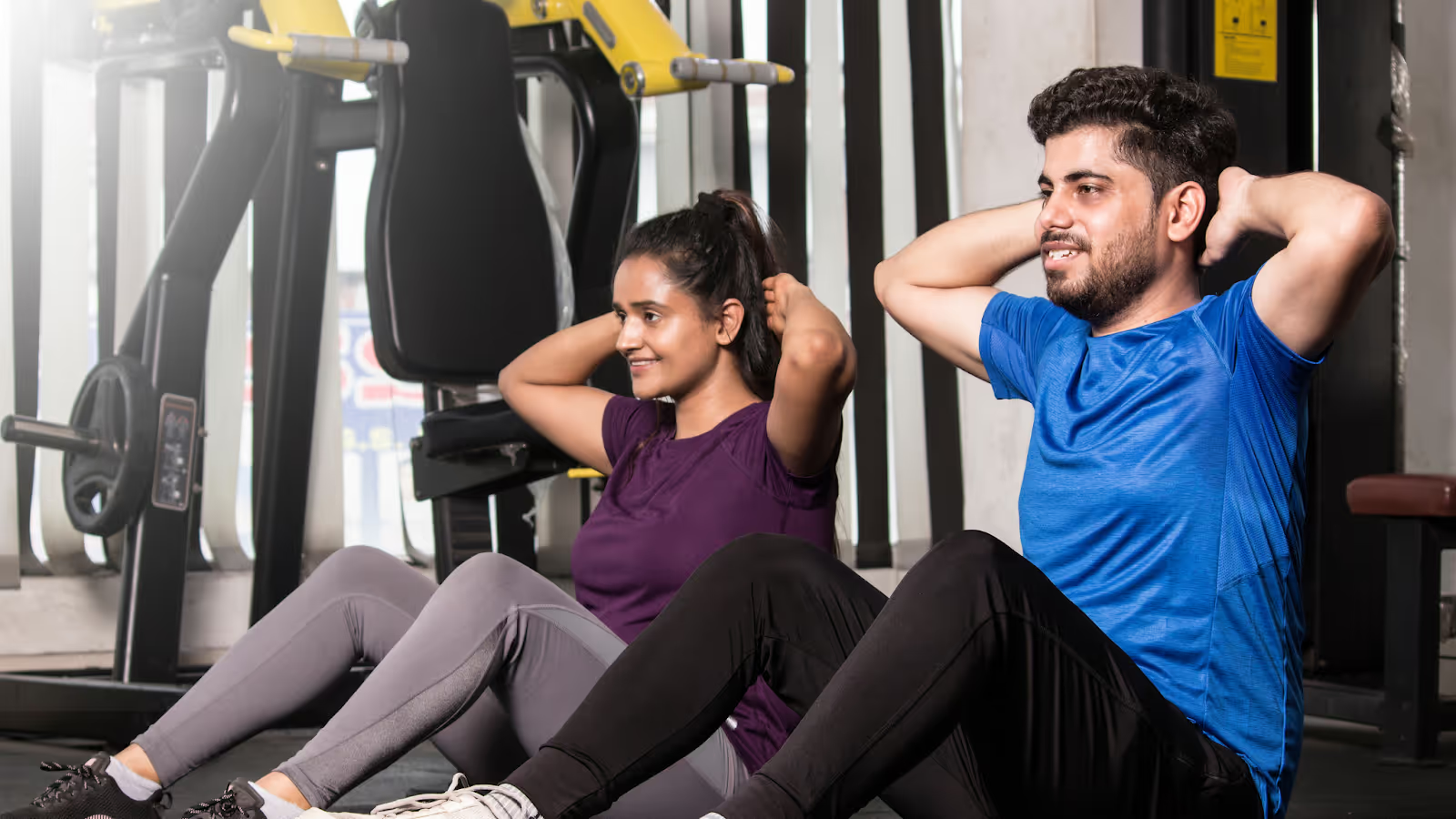
Conclusion
Dominating local search requires ongoing effort and a consistent approach. By implementing the strategies outlined in this guide and leveraging the power of free and readily available tools, you can significantly enhance your online visibility, attract new members, and build a thriving fitness business in your local market. Remember: Consistent effort and ongoing monitoring are key to achieving and maintaining strong local search rankings.
Want to learn more?
LegitFit helps fitness businesses reduce admin, increase revenue, and build stronger communities. Ready to grow your business?
Helping fitness business from day one
Trusted by fitness professionals worldwide to simplify day-to-day management and accelerate fitness business growth with clear, proven results.
Get demo & pricing


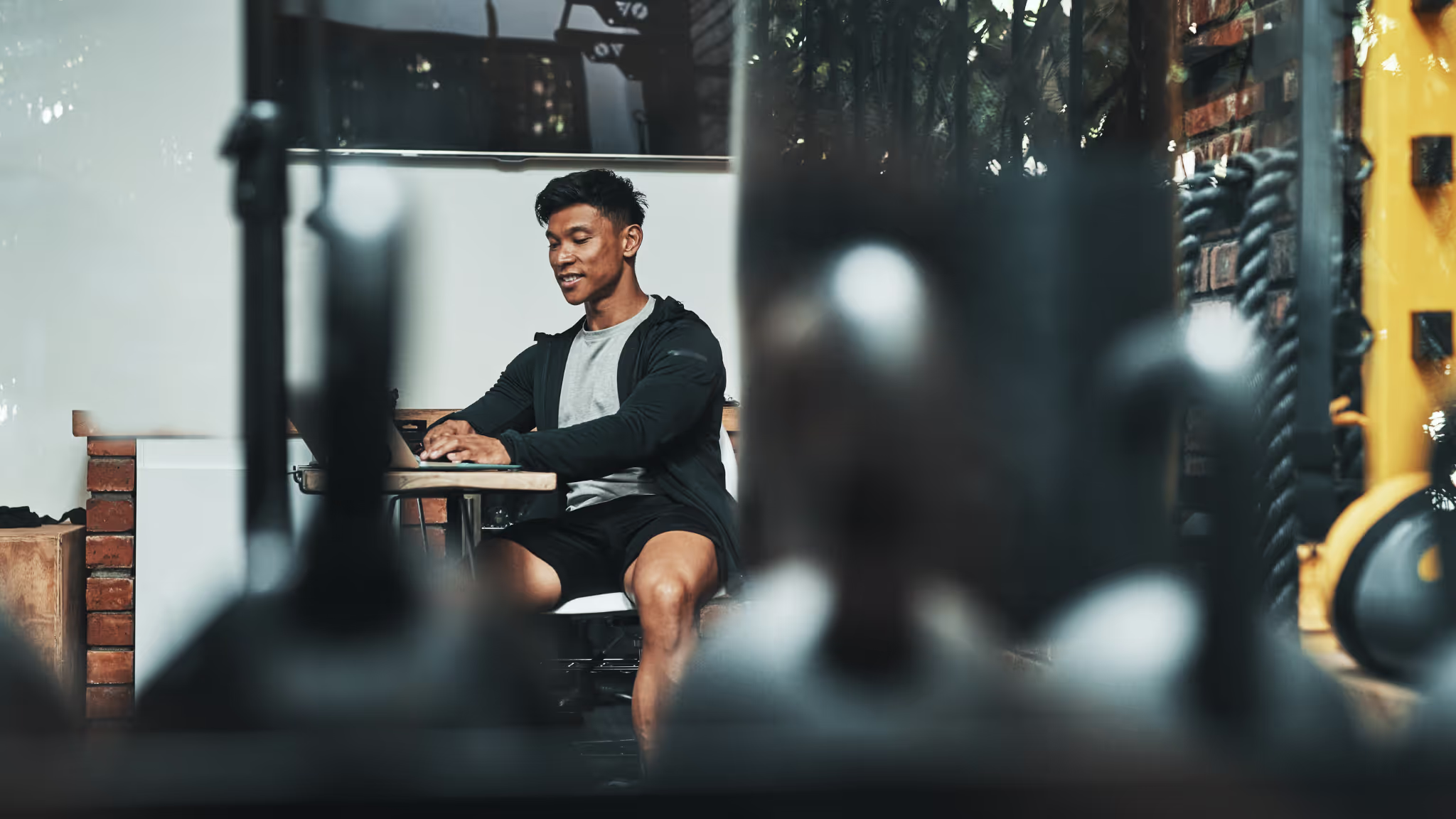






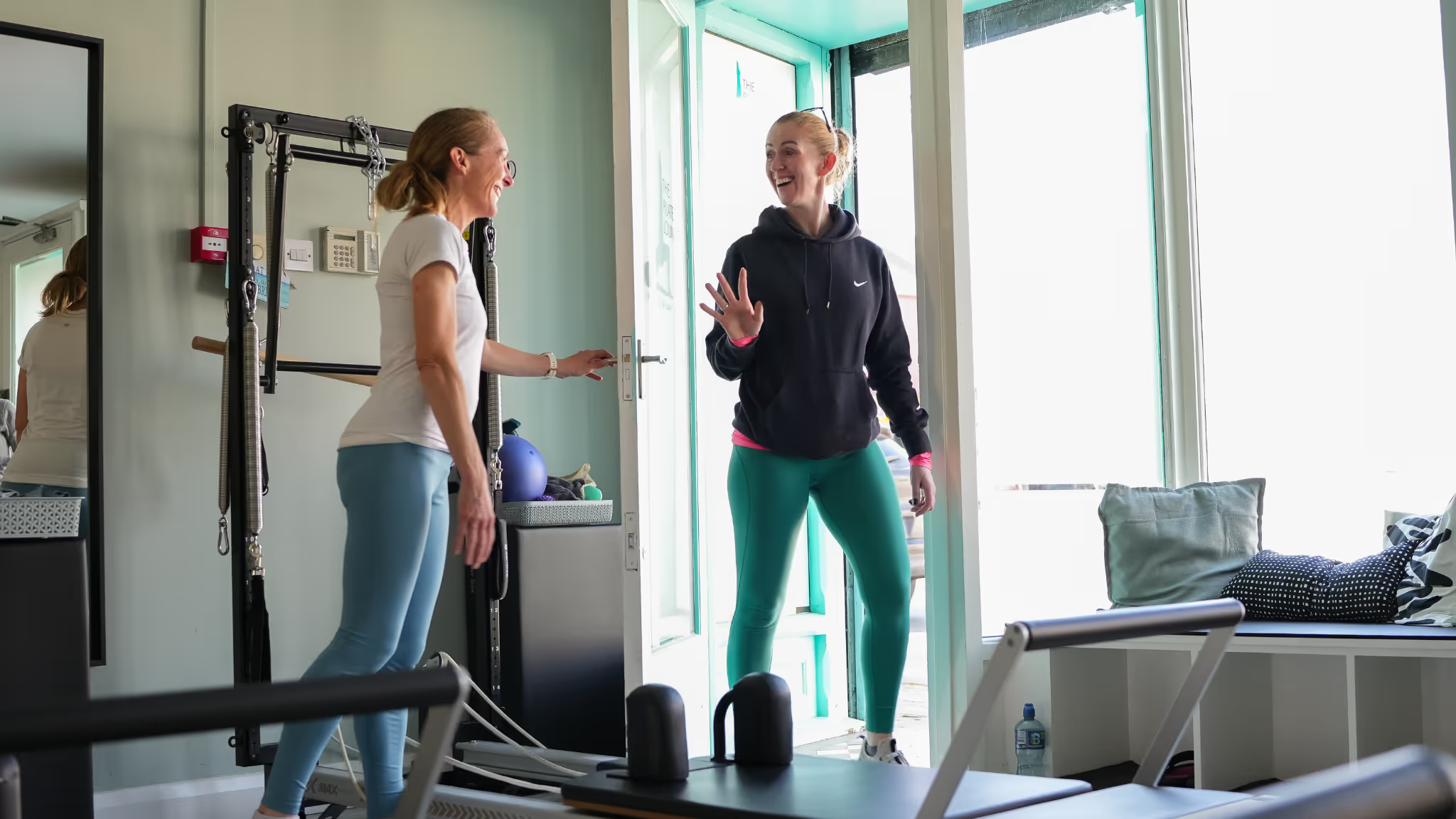
%252520(1).avif)

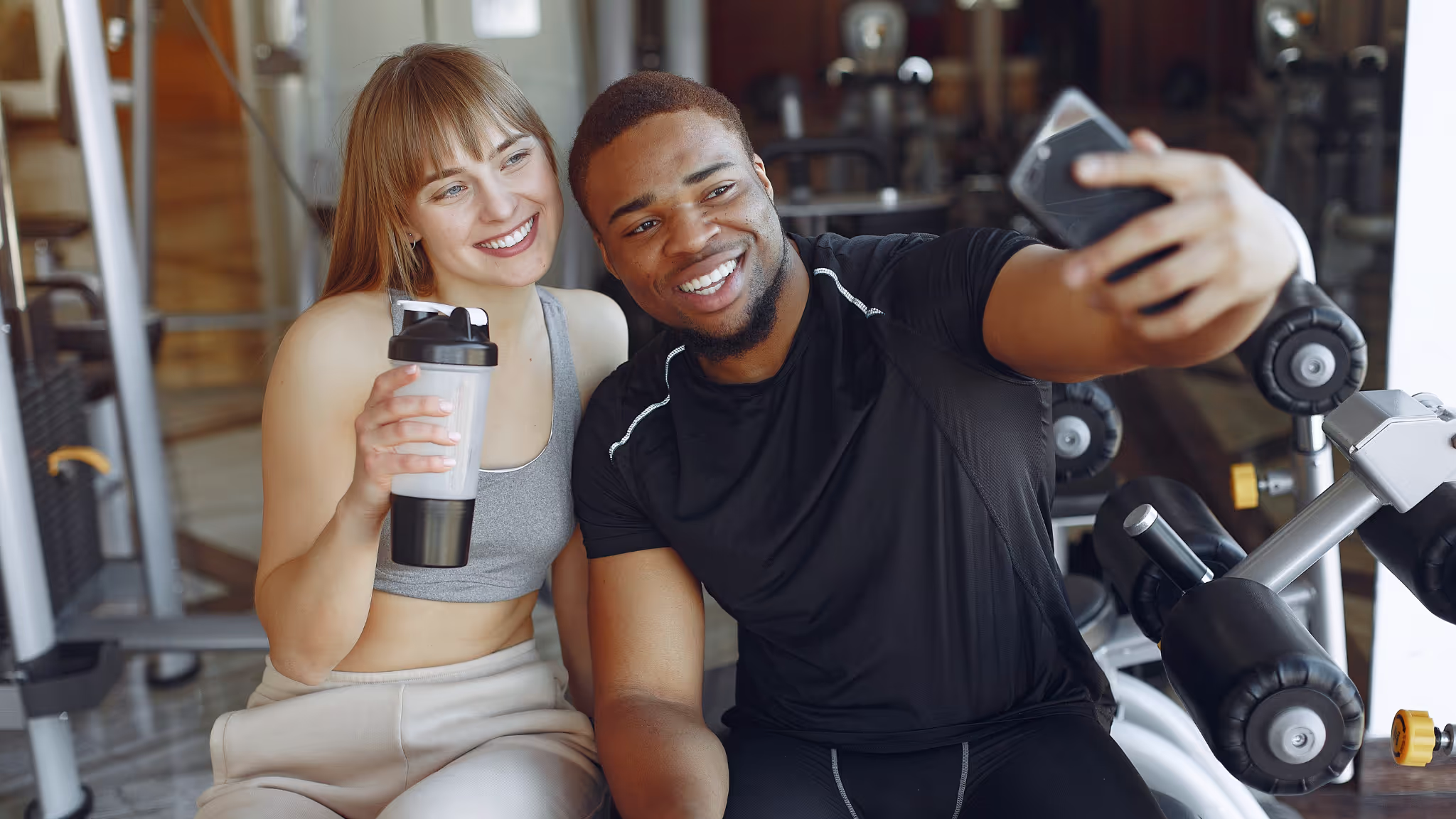
.avif)
